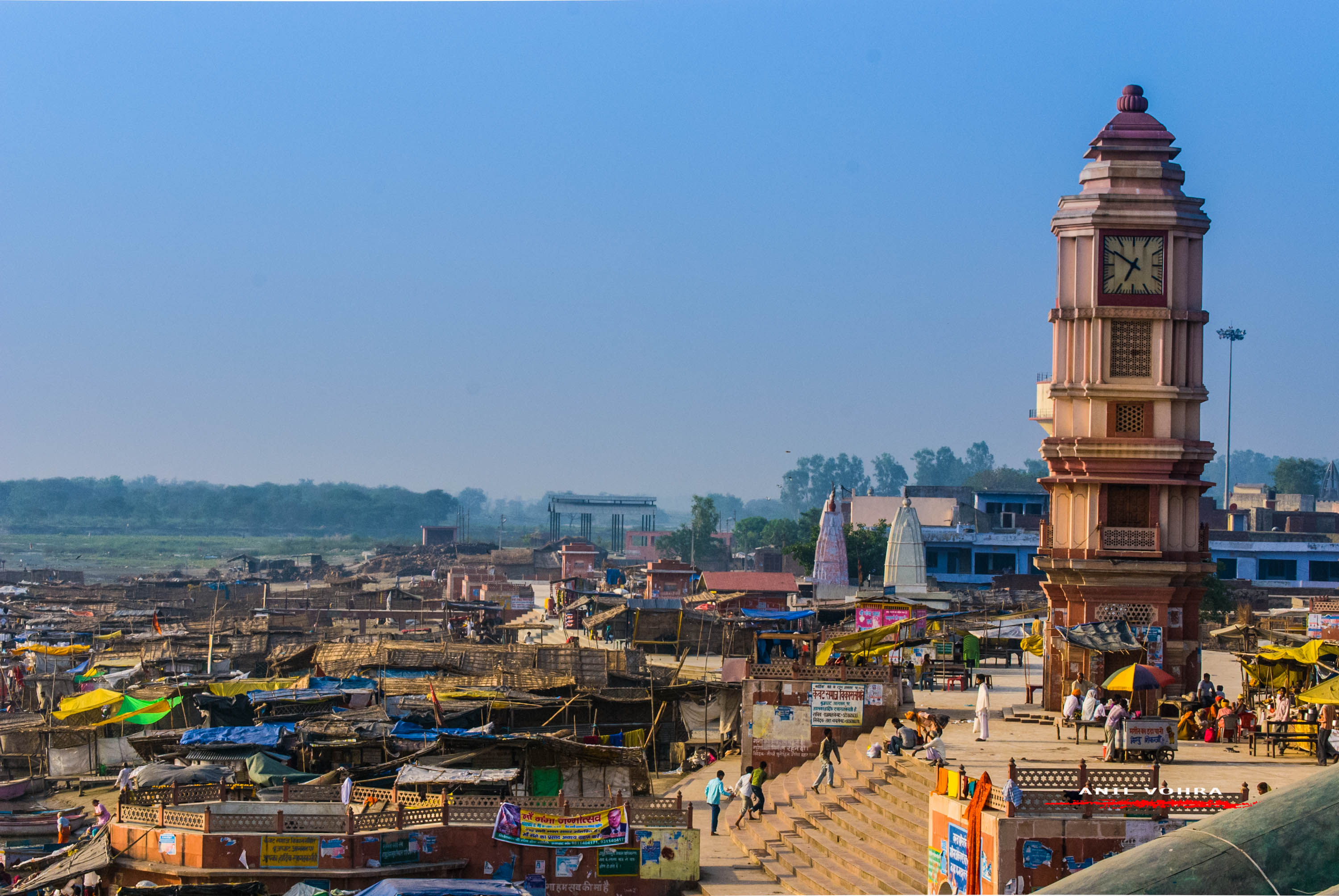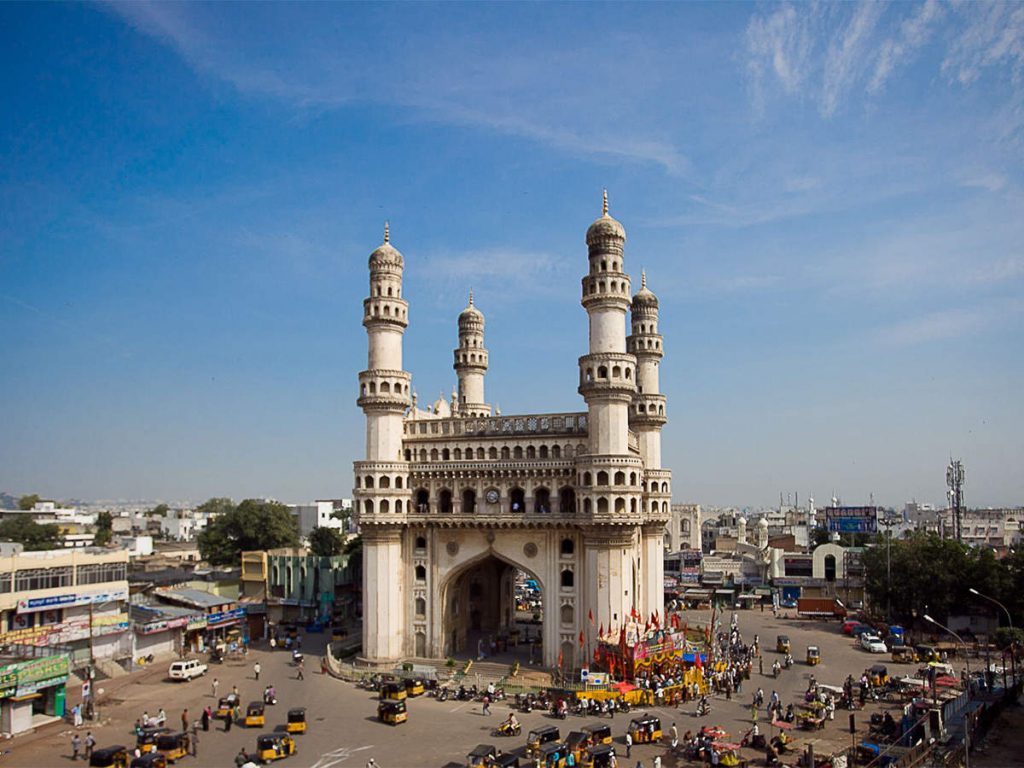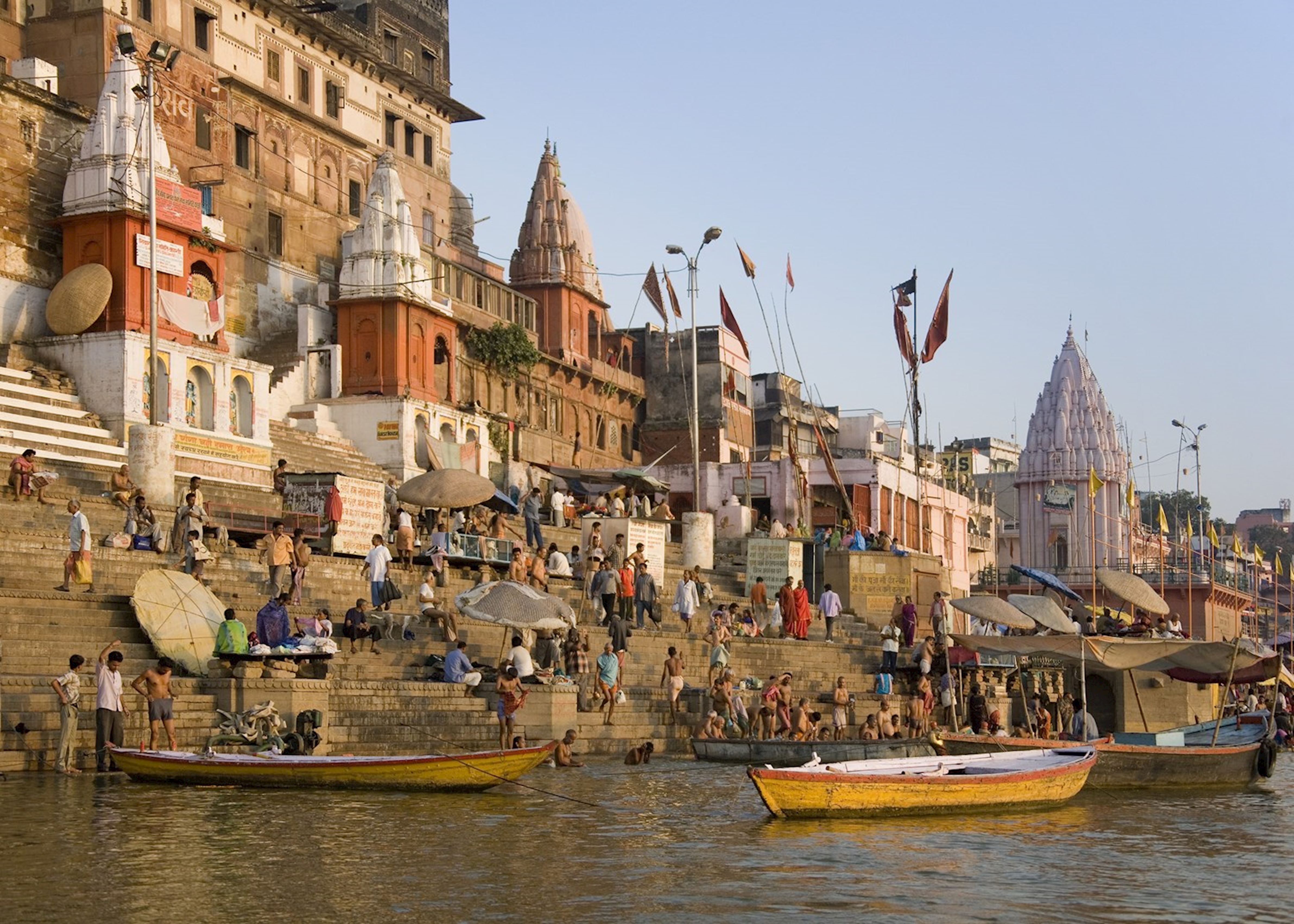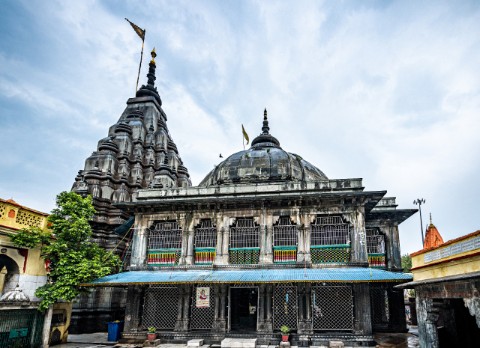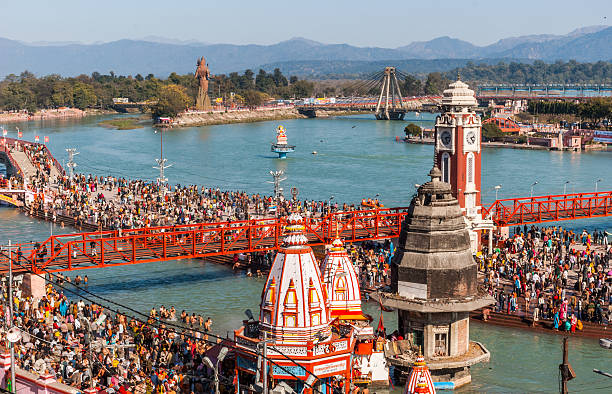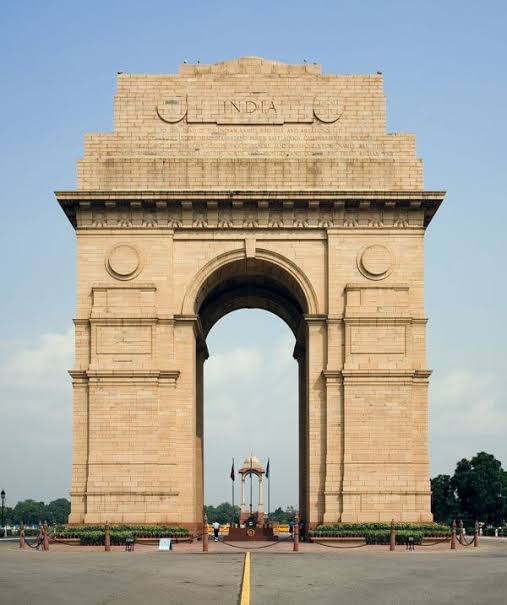
Marriage
Hindu Marriage Ceremony: Meaning and Significance
A Hindu marriage ceremony is a sacred union that binds two individuals and their families in a spiritual and social commitment. The rituals are rooted in Vedic traditions and symbolize various aspects of life and relationships. The marriage ceremony includes various rituals and customs that aim to invoke blessings for a harmonious and prosperous marital life.
Steps and Procedure for a Hindu Marriage Ceremony
-
Pre-Wedding Rituals:
- Roka/Engagement: A formal announcement of the marriage, where families exchange gifts and bless the couple.
- Haldi Ceremony: Both the bride and groom are applied turmeric paste by their families to purify and bless them.
- Mehendi Ceremony: The bride's hands and feet are adorned with intricate henna designs.
-
Wedding Day Rituals:
- Ganesh Pooja: Performed to seek the blessings of Lord Ganesha for removing obstacles.
- Baraat: The groom arrives at the wedding venue with a procession of family and friends.
- Jaimala (Varmala): Exchange of garlands between the bride and groom, symbolizing acceptance of each other.
-
Main Wedding Rituals:
- Kanyadaan: The bride's father gives her hand to the groom, symbolizing the giving away of the daughter.
- Pani Grahan: The groom accepts the bride as his lawful wife by holding her hand.
- Saptapadi (Seven Steps): The couple takes seven sacred steps together, each step representing a vow they make to each other for their married life. They walk around the sacred fire (Agni) during this ritual.
- Mangal Sutra and Sindoor: The groom ties the mangal sutra (sacred necklace) around the bride's neck and applies sindoor (vermilion) on her forehead, symbolizing her marital status.
-
Post-Wedding Rituals:
- Vidaai: The bride bids farewell to her family and leaves with the groom.
- Griha Pravesh: The bride is welcomed into the groom's home with rituals to ensure a harmonious start to her new life.
- Reception: A celebratory event organized by the groom’s family to introduce the bride to their extended family and friends.
Benefits of a Hindu Marriage Ceremony
- Spiritual Bond: The marriage rituals create a deep spiritual bond between the couple.
- Social Recognition: It formalizes the union in the eyes of society.
- Family Unity: Brings together two families, fostering unity and understanding.
- Blessings and Good Wishes: The couple receives blessings and good wishes from elders and guests, which are believed to bring prosperity and happiness.
- Cultural Preservation: The rituals preserve and pass on cultural traditions and values to future generations.
- Commitment and Responsibility: The vows taken during the ceremony emphasize commitment and shared responsibilities in married life.
A Hindu marriage ceremony is a profound and multi-faceted event that involves numerous rituals to sanctify the union of two individuals. It is a blend of spiritual, cultural, and social elements that ensure the couple embarks on their married life with blessings, love, and guidance from their families and the divine. By understanding and participating in these rituals, couples can start their journey together with a strong foundation of mutual respect, love, and cultural heritage.






